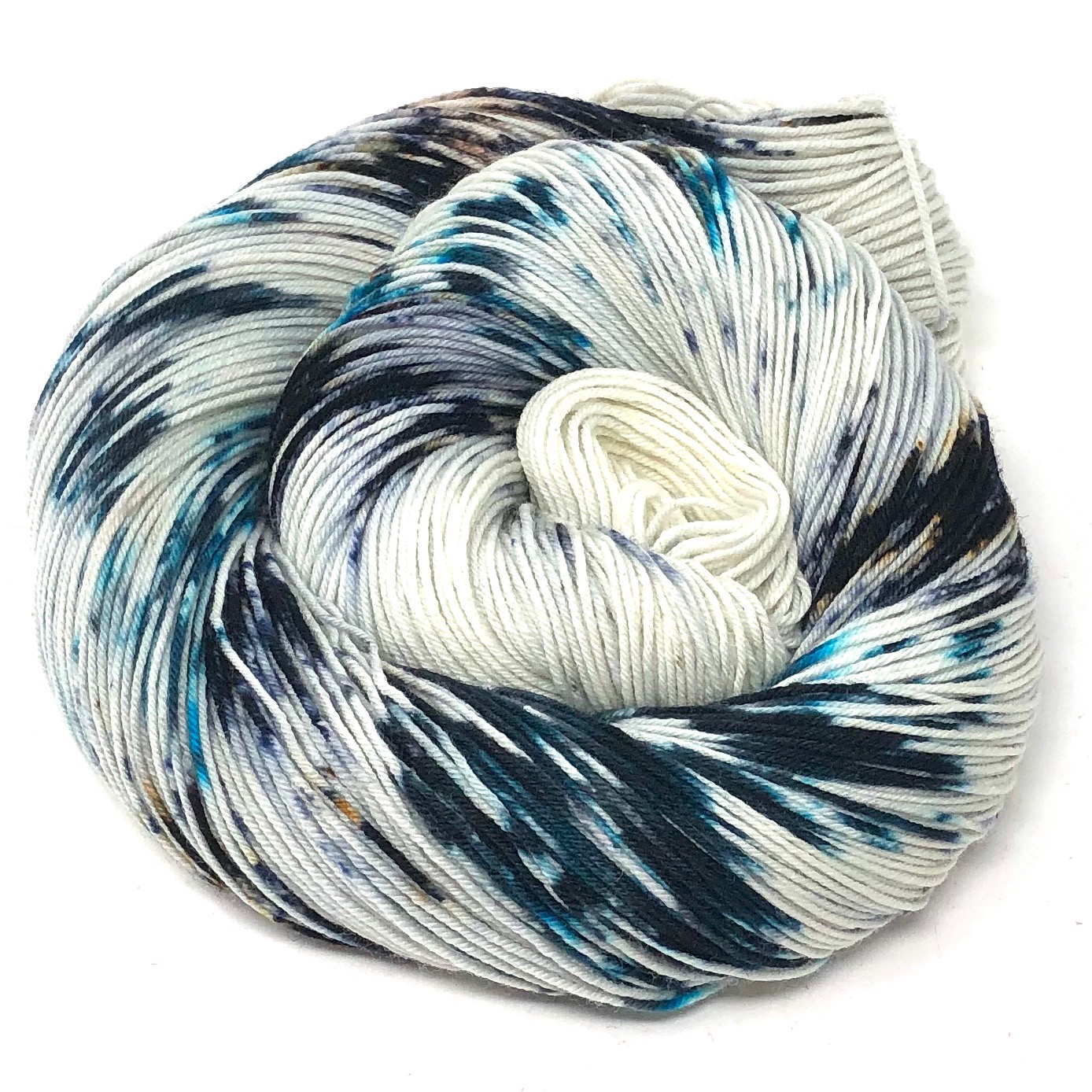For the final HerStory of the year, we are honoring Native American artist-maker Teri Rofkar, whose Tlingit name was Chas’ Koowu Tla’a. She was born into the Raven Clan from the Snail House of the Sitka Tribe of Alaska, and was first introduced to traditional Tlingit weaving by her grandmother. It wasn’t until years later that she became, as she said, a “basket case,” consumed by weaving and immersing herself in traditional maker practices. Throughout her career, she explored the juxtaposition of the modern with the traditional, always striving for the connection of the traditional, but sometimes using modern techniques and technology to make a statement. Traditional Tlingit weaving is done on a very basic frame, not a loom as we know them today. For garments, mountain goat fur is the primary fiber used, and all of the dyeing is done using bark and lichen and moss that is found in the weaver’s natural surroundings. For traditional basket weaving, the weaver gathers spruce tree roots and ferns. The connection of the weaver and her materials to the natural world is just as important as the final pieces that are created.
A master at weaving in any medium, it was the traditional robes Rofkar wove that garnered the most attention. She would spend between 800 and 1400 hours on each robe, between foraging for materials, processing and dyeing the wool, using a drop spindle to hand spin all of the yarn, and then the actual weaving of the robe. She threw herself into learning traditional techniques, while retaining her modern sensibilities: “I listen to heavy metal when I work,” she explained during one interview. “Change is the one thing that is constant. Traditional arts continue because they adapt and change with society. I’m not changing the methodology. It is the same as it was thousands of years ago. My technique and my intent are still there.”
The colorway we created to honor Rofkar, Ravens Tail, is inspired by the robes she was best known for, the robes that took a year (plus) of her life to create. The Lituya Bay Robe that inspired Ravens Tail features a visual representation of the DNA strands of the mountain goat whose fiber was used to weave it. (Be sure to check out our website, so you can see the joyful photo of Teri Rofkar spinning in this stunning robe.) Rofkar passed away in 2016 at the age of 60, but her work lives on through a renewed interest in and passion for traditional weavings. When she first started weaving as an artist, there were fewer than 10 people exploring this art, but today there are many more, and they are teaching more (mostly women) to carry on this tradition. It’s what an artist like Teri would have hoped for; for an art so important to her culture to gain more ground and more practitioners.

